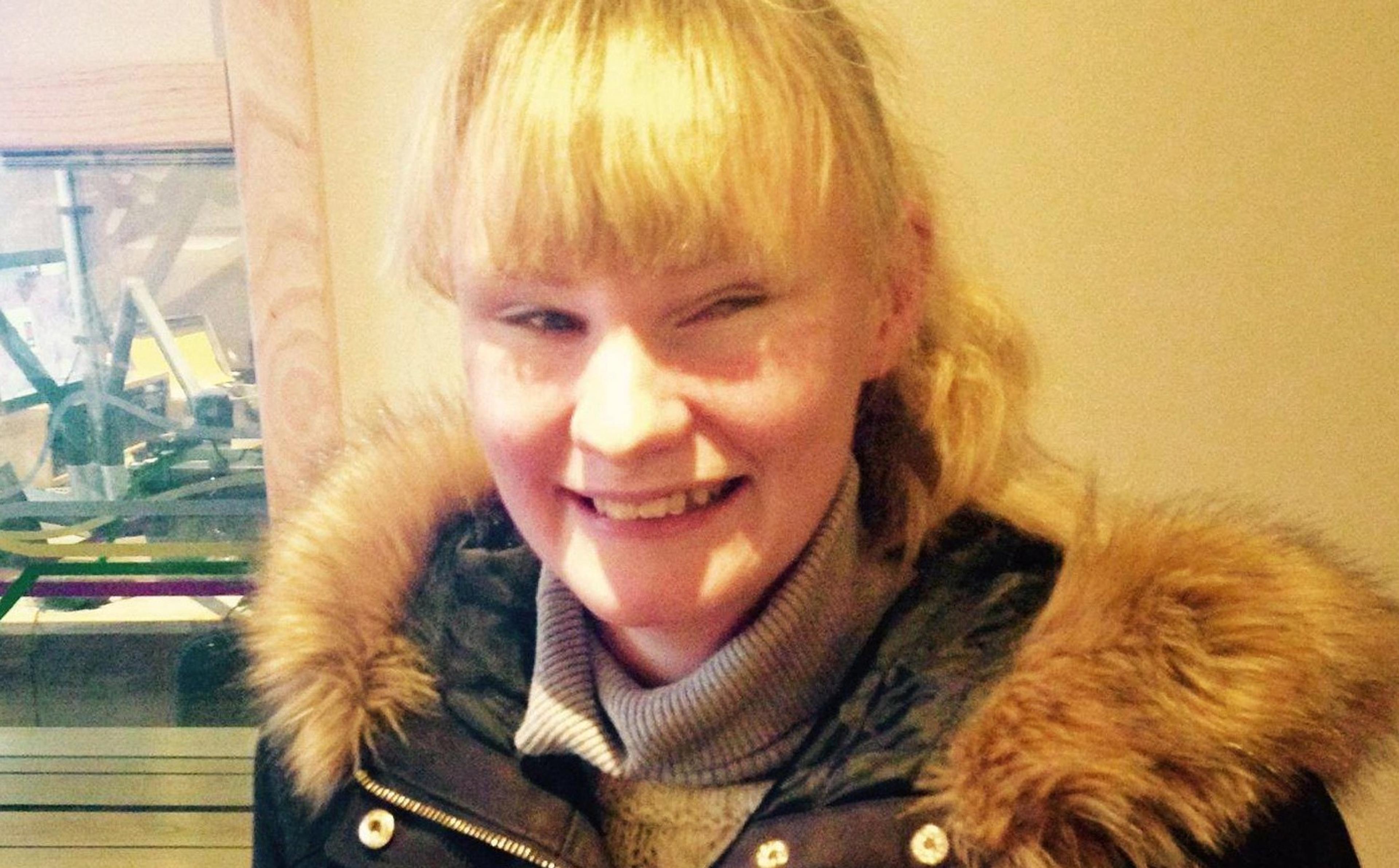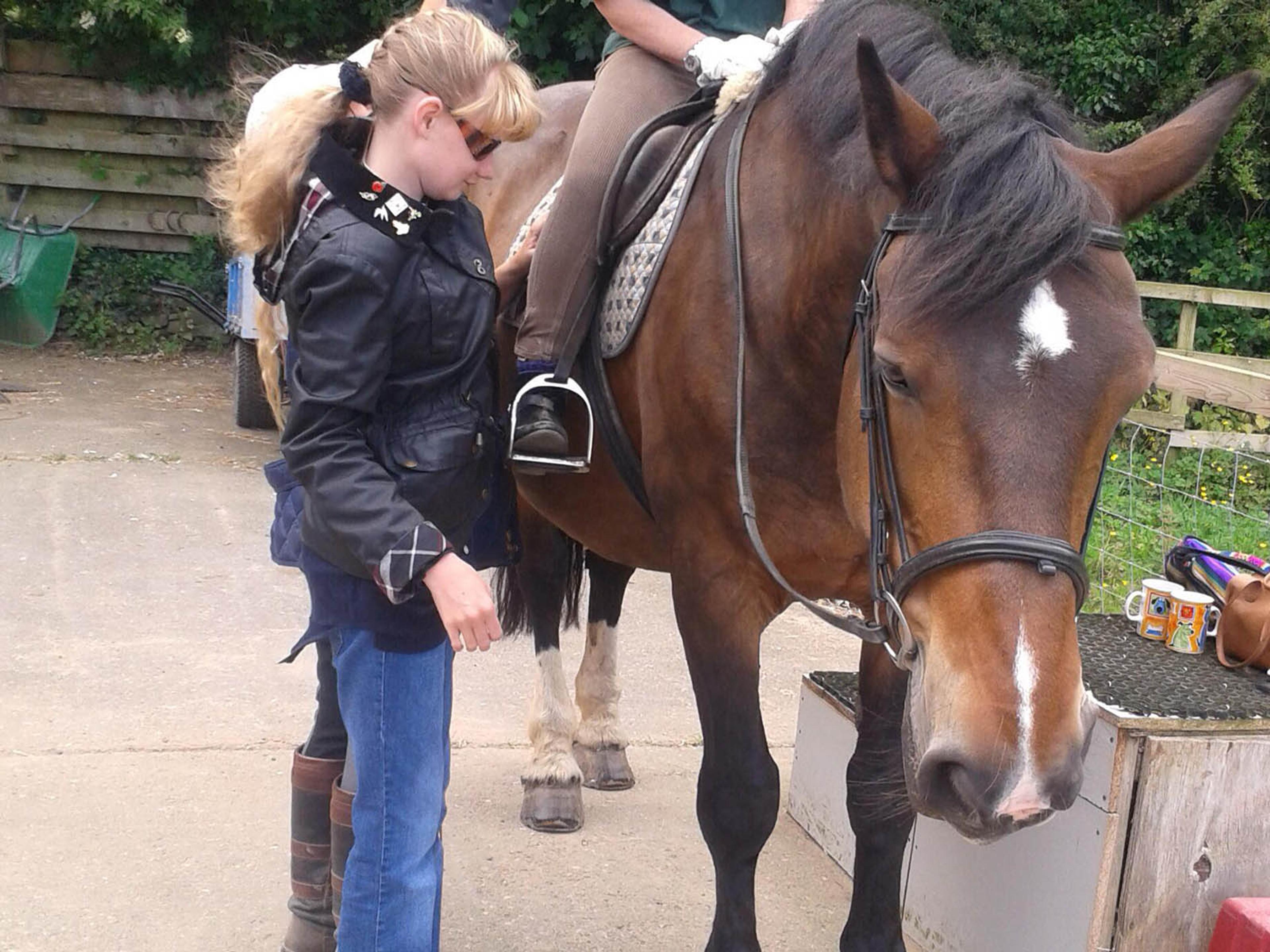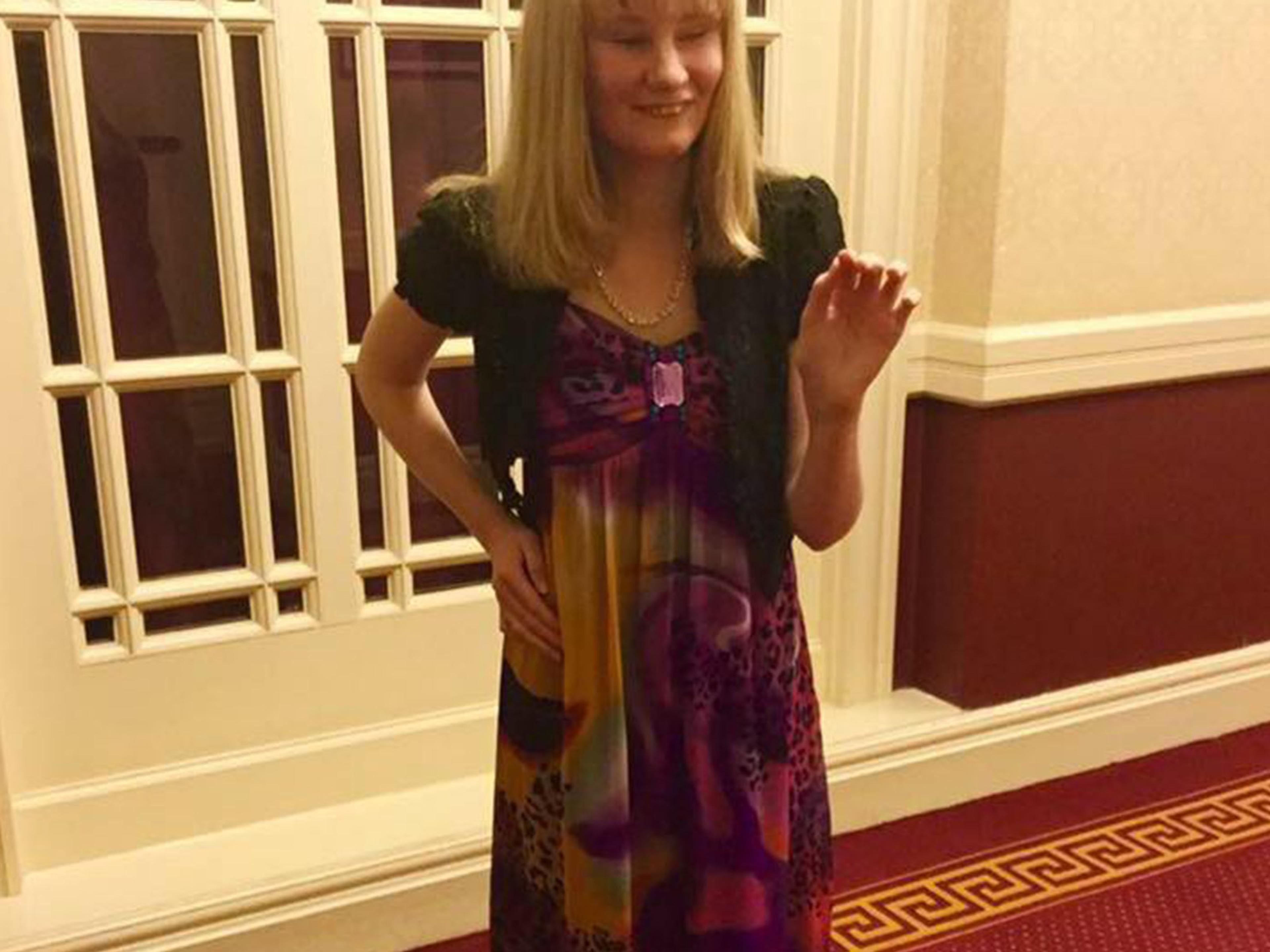Samantha’s Embrace story — Combating epilepsy with altruism and courage
“Why am I having seizures? I was not born with epilepsy … people are born with epilepsy, right?”
These questions and more ran through Samantha’s mind after she had her first seizure in school and was told she had just had a tonic-clonic seizure.
The questions were endless, and so were the uncertainties that came with it.
People can be diagnosed with epilepsy at any age, and according to the Epilepsy Foundation, 1 in 26 people in the US will be diagnosed with epilepsy in their lifetime. Epilepsy awareness is however still very limited and most people do not know what to do when a person has a seizure.
It can become more dangerous when the seizure is tonic-clonic and no one is around when it happens. For some people, seizures happen without a prior medical condition, and are later diagnosed with epilepsy.
For Samantha, it was quite different.
She was born without sight.
She had an intraventricular brain haemorrhage a month after birth. And 18 years down the line she had her first seizure and was diagnosed with epilepsy.
She narrates her epilepsy experience in this Embrace Story and she has also gone one step further in starting a fund to help people purchase the Embrace, a watch that sends out alerts to caregivers when they are having seizures.
Her Story

I was 18 years old, I was in a mathematics class, when I suddenly, without warning, fell to the floor, and began convulsing.
I was not aware of what was going on around me.
People at first thought it was me messing around, but a student who knew first-aid, knew something was seriously wrong. Telling the other students to be quiet, she came over, saying “Sam, Samantha, Samantha, can you hear me?”
There was no response.
The seizure had lasted about 2 minutes, and then subsided. I then started to respond, but only with vocalisation. My responses were intermittent. Having fallen into a deep sleep afterwards, the nurse took me to the college infirmary, where I could be watched. I did not have another seizure that day. I thought however, I had only fainted, as that’s what I was told.
Luckily, my dictaphone, a recording device I used for lectures, captured the whole event. I decided out of curiosity, to listen to it when I got back to my room. What I heard made me rethink their diagnosis. A person does not groan before fainting. They do not shake while on the ground. Something was not adding up. This sounded more serious than a faint.
I was not aware at the time, that I was actually listening to myself, having a tonic-clonic seizure.
When I arrived home for Christmas, my grandmother and aunt both listened to the recording. My aunt, within hearing the first 3 seconds, said, "That’s a Tc. A tonic-clonic seizure".
My Nan, upon hearing it, said, "that’s a seizure. You’ve just had a seizure". Hearing the word seizure, made me nervous.
Why was I having seizures? I was not born with epilepsy. Surely, you’re born with epilepsy, right?

There was much more I was about to learn- and learn, the hard way.
In March 2012, I woke up happy on the morning of the 25th. I was unusually happy. Extremely excited, I told Nan that I was going for lunch. Little did I know lunch was not going to happen. I entered the refectory, extremely excited, and bought my lunch.
All of a sudden, I said to the warden, "I don’t feel well, I don’t feel myself, it’s not usual".
Then I fell to the floor gasping for air.
The table, chairs, vases of flowers, knives, forks, spoons, jugs of water, glasses, and plates, went flying. Hitting my head hard on the floor, I began convulsing again, and vomiting, this time, during the seizure.
I bit my tongue too.
I then came around, to hear bumps in the road, an engine, and people talking, saying: "there was blood in her vomit", and "she was struggling for breath".
I then faded out again, and came around, being wheeled somewhere. I realized I was on a stretcher, and being wheeled out of an ambulance and into the hospital. I was sat up, and was told to move onto the bed. Then the pain started. A pounding headache in my forehead.
"How did I get this?"
"Where am I?"
"How come I’m here?"
"Who are you?"
A few months later, I was given the diagnosis I’d not been expecting, but had a thought was coming: epilepsy.
I was asking question after question, over and over.
My memory was shut.
After that seizure, and being given no CT scan, I was taken back to college, where to this day, I still cannot remember what I did that night. After having a CT and EEG a few months later, I was given the diagnosis I hadn’t been expecting, but had a thought was coming: epilepsy.
My reaction was one of slight surprise, but more of worry.
How will people react to me?
How will I have to behave now?
What will I have to stop doing?
I can’t be left alone, can I?
What if I have another?
Will I be on meds for the rest of my life?
What should I tell people to do, should I have one?
All those questions, going round my head. I was put onto Epilim, or in the States, Depakote, and then told to make a seizure diary.
I started having funny feelings in my head, which I didn’t know were auras.
Not seizures, but only the start of a seizure.
After that, because of side effects, I was put onto Tegretol, which I did not like, as it messed with my hearing. After that, I was put onto Lamictal, which did not get on with me at all. I had severe anxiety attacks, nausea, and weight-loss. I then had a 5-minute tonic-clonic seizure, which after that, prompted the neurologist to put me back onto Epilim. I am now on Keppra, and only have the odd absence, and aura.

My epilepsy nurse told me about the Embrace watch and I bought it.
I have aspergers, depression, anxiety, asthma as well as epilepsy, and I am totally blind. The watch keeps track of my sleep and activity levels.
I will not go anywhere without it on my wrist. I feel confident and able to go out alone, as I know it will alert my caregivers, even if it is a false alarm.
I know that one day, even if it hasn’t happened yet, that one day, it will save my life.
Samantha’s Fund
I have seen how beneficial the Embrace watch is, and started a fund to help other people get the Embrace even if they cannot afford it.
I have started my fund to purchase Embrace watches, as I want to save as many lives as possible. I want to prevent SUDEP, by purchasing this lifesaving watch for others.
Driven by this, she started a page on the fundraising site - Just Giving, and included this on her fundraising page:
Having found out about this watch, I purchased it for myself. It sends a text message, with my location, to my nominated care-when I’m having a seizure. I do not go anywhere without this watch.
It really does save lives.
Epilepsy is not just a neurological condition, but one we can die from, if we are not careful, or do not get help in time. I wish to help others, by purchasing this life-saving watch, in order to help people with epilepsy, live a more independent life, and give their loved ones, and carers, peace of mind, knowing that the watch will alert them, when their loved-one, or friends, are having a seizure.
More Embrace Stories will be published soon! To share yours, feel free to write to us at support@empatica.com or post your story on Facebook or Instagram by tagging our page (respectively @Empatica on FB, @empatica_wearables on IG) or the hashtag #EmbraceWatch.
Words worth reading
